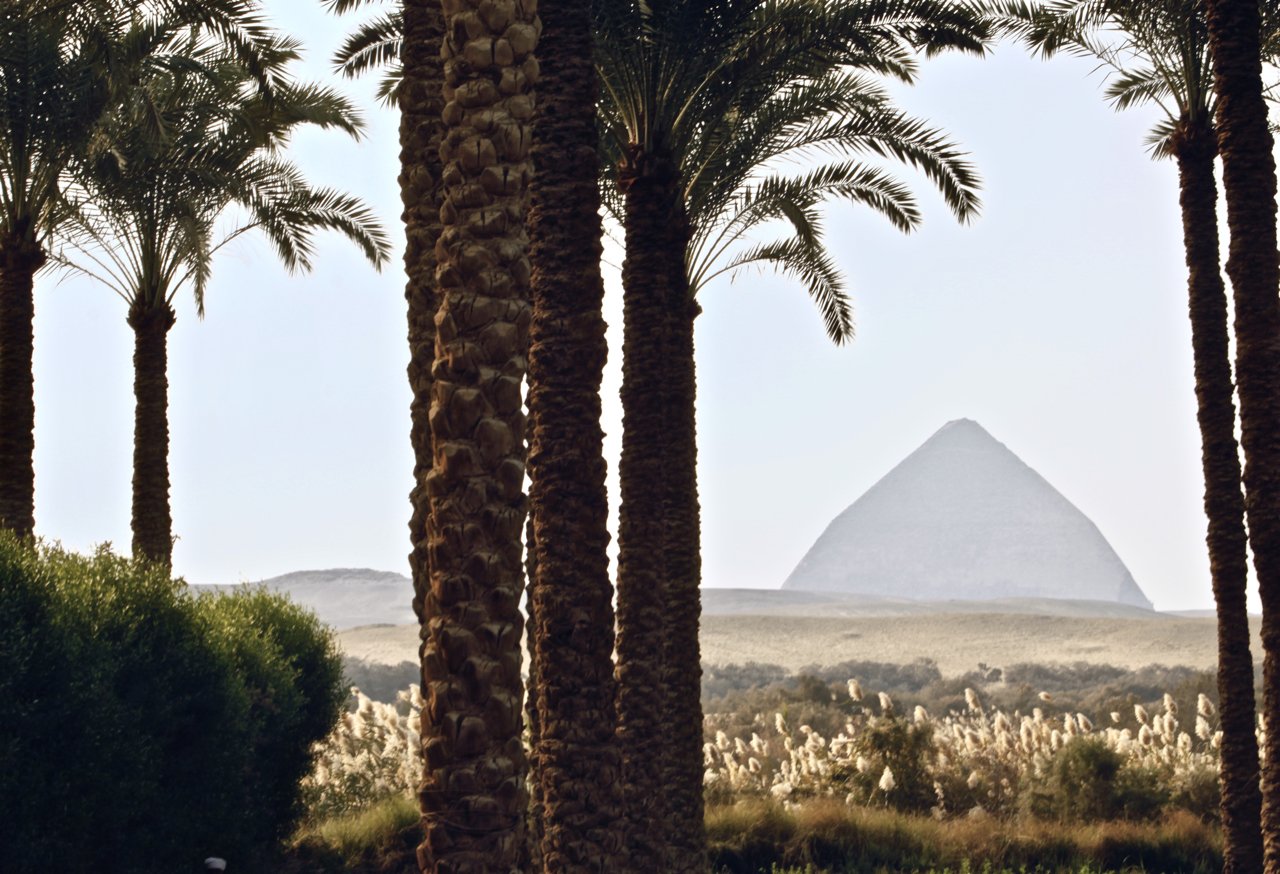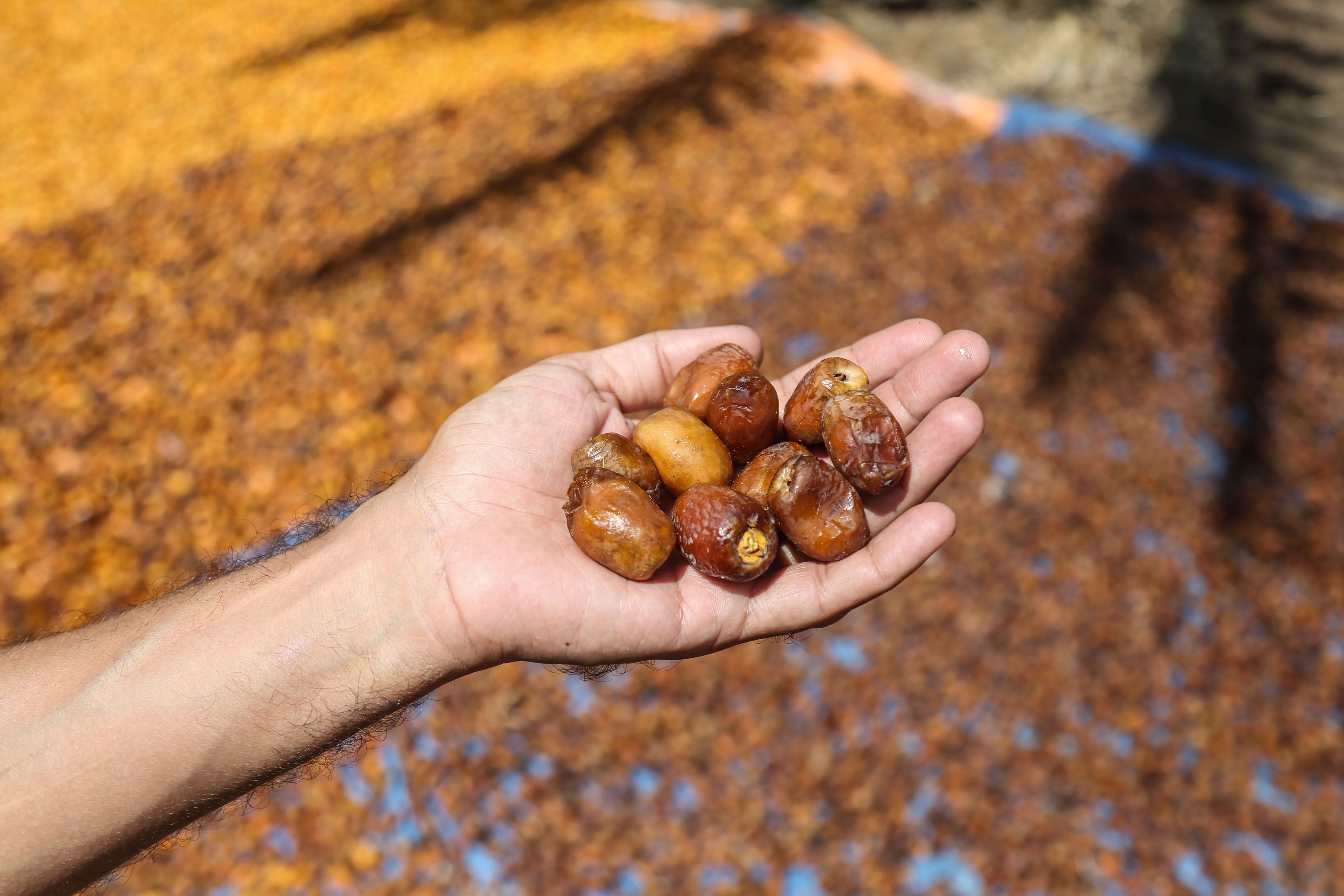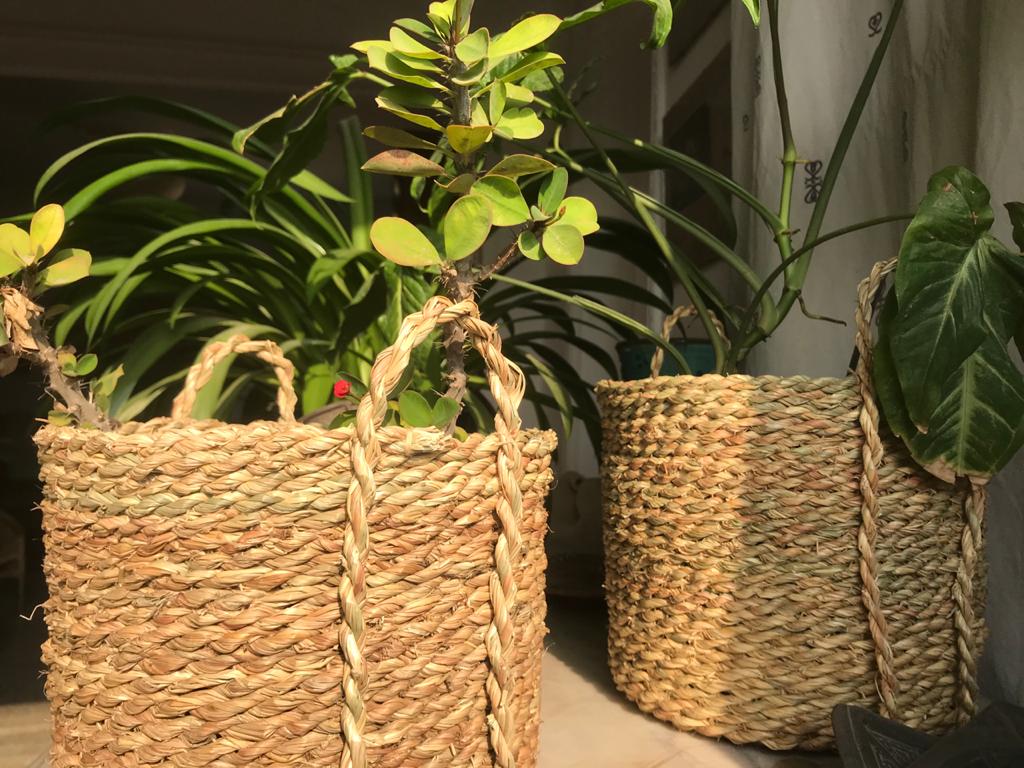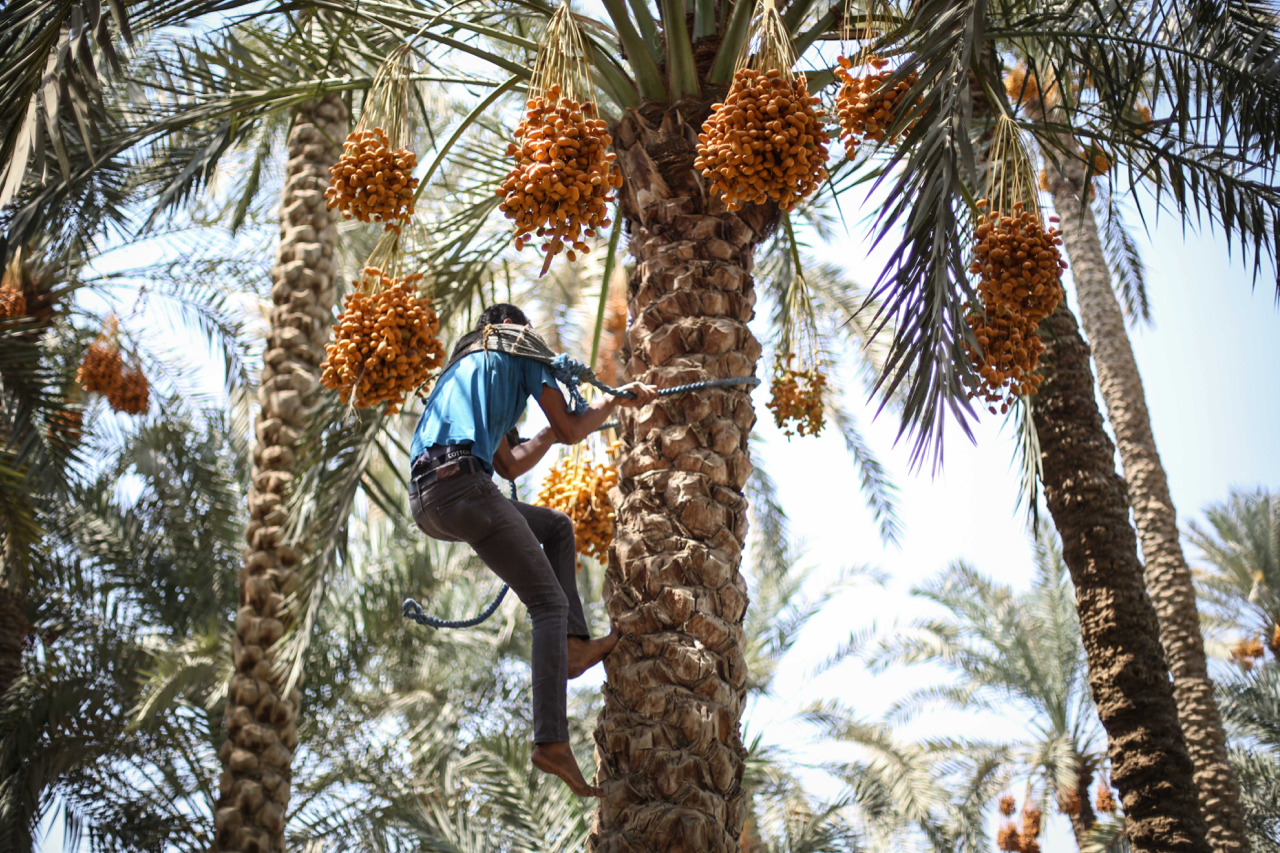The Dahshur Pyramids have made the area a touristic landmark, but this cluster of villages hold deep cultural and traditional roots worth exploring beyond a sightseeing trip to the pyramid plateau.
With much of the local community maintaining their heritage and way of life, visitors have a unique opportunity to witness unique and authentic experiences such as date palm pruning and harvesting, the weaving and working of centuries-old natural handmade handicrafts, and of course learn about the region’s storied and rich history from the mouths of locals.

Pyramids & Lake
This is what put Dahshur on the map so to speak, and a visit to the area would be remiss without stopping to visit. This necropolis houses The Red Pyramid, The Bent Pyramid, and The Black Pyramid, each with its own unique history and structure. The Bent Pyramid in particular demonstrates an earlier stage of pyramid design, displaying the evolutionary stage in pyramid building between the Step Pyramid in Saqqara and the famous Giza Pyramids.
King Farouk Lake, also known as Berket el-Malek or Berket Dahshur, is a natural depression and seasonal papyrus marshland with various migratory birds, making it a secluded location for bird lovers. Surrounded by halfa grass, unique to Dahshur and used in local artisanal handicrafts, this area is one of the only such surviving ecosystems in Middle Egypt

Agricultural Tourism
With over 400 feddans (roughly 415 acres) of palm trees, date harvesting and all its derivatives are the main source of income for the inhabitants of Dahshur and the region explodes into a flurry of activity during harvest season, which extends from the second half of August until the end of October. At this time, the fields turn into busy workshops with family members coming together to harvest, dry and pack dates.
Pruning the palm trees takes place between November and January, offering a rare look at the ancient practice of palm climbing. Badrashin is the main provider area for palm climber laborers in Egypt, the practice involves a laborer walking up the palm with a rope harness around the trunk for support then shimmying up the tree by leaning back on the rope and stepping up frond stumps.
Other produce found in Dahshur include maize, okra, pepper, tomatoes, wheat, sesame, eggplant, mango, orange, and lemon. The lush countryside landscape is home to numerous wild plants and trees which grow around fields and irrigation/drainage canals. Willow, sycamore and mulberry trees line the canals, offering shade and respite during field walks.

Artisanal Crafts
The halfa grass sourced from King Farouk Lake has been used for generations in basket weaving and mats. Other local crafts use the remains of palm branches to make cages, chairs, rope and other small handicrafts.
Within the village is a narrow shopping street lined with traditional ahwas, small eateries, and artisanal workshops such as palm frond joinery and basket weaving using halfa grass. These techniques can range from basic to more intricate and represent a piece of local Egyptian heritage, passed down from generation to generation, and preserved in rural villages.

Seasonal Highlights
The beauty of the countryside lies in its changing colors from season to season depending on the overturn of crops from growth to harvest. For example, palm trees do not come in a single shape or size, there are several varieties and the dates shift in color according to the time of year, displaying the richest of colors right before harvest.
The same applies to migration routes for birds, which are seasonal, so make sure to visit King Farouk Lake in early spring and late autumn for some bird-watching by the lake. Over a hundred types of migratory birds can stop here each year, giving enthusiasts a chance to spot some rare sights.
How to Get There
Dahshur can be reached easier by car/taxi, it takes approximately 1 hour from Central Cairo.
Distances:
It is a 40 km distance from Central Cairo to Dahshur
It is a 30 km distance from Giza Pyramids to Dahshur
Suggested Tours in Dahshur